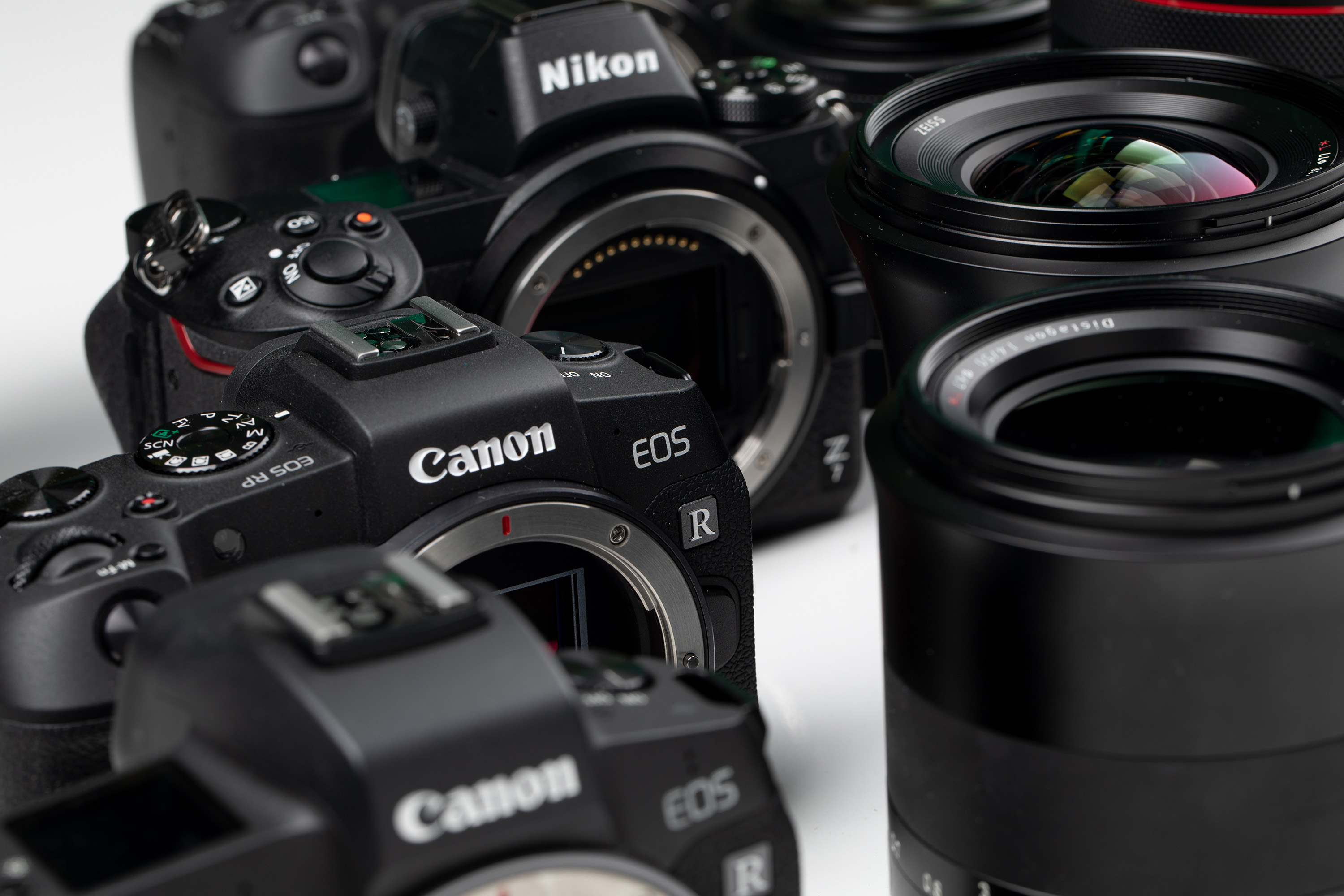Erik Kaffehr
Veteran Member
A question asking what pixel pitch would be needed to resolve the best lens available fully.
Here follows some analysis.
An obvious starting point is to find credible data for truly excellent lens up to very high frequencies. Lensrentals has shared some data on some lenses going up to 240 lp/mm in this article:

I used the data for the Sigma 135/1.8 at f/4 for this example:

The black line shows the MTF data for the Sigma 135/1.8 at f/4 from Lensrentals.
In the figure above, we have a blue line which represents the MTF of the pixel, assuming 100% fill factor at 4.5 mm pixel pitch.
The MTF of the lens and sensor combined is the product of black and the blue curves shown as bottom blue line.
Just as control, I happened to have a slanted edge MTF from one of my better lenses. It is a bit 'too good to be credible'. It is shown in red and it is very close to the calculated system MTF for the Sigma 135/1.8 on the 4.5 micron sensor.
Now, let's look at that Sigma on a 3.8 micron pitch sensor, like the GFX 100 models or the X2D:

Here we can see that at 132 cy/mm, which is the Nyquist limit, we have around MTF = 0.31, which is quite a lot.
Going to 2.1 micron pitch, which is about as long that Lens rentals data goes we would get:

At 2.1 micron pitch we will still have like 18% MTF (that is 0.18), this will still be able to yield aliasing.
Reducing the pixel size will have an effect at low frequencies, but that effect will be very small. Looking at 40 cy/mm we see an increase from 0.803 to 0.825 goinf from 3.8 microns to 2.1 microns.
My take would be that we need far more pixels than we have now to fully resolve the best lenses we have. But, extracting the optimal image quality from lenses may be hard enterprise.
Best regards
Erik
--
Erik Kaffehr
Website: http://echophoto.dnsalias.net
Magic tends to disappear in controlled experiments…
Gallery: http://echophoto.smugmug.com
Articles: http://echophoto.dnsalias.net/ekr/index.php/photoarticles
Here follows some analysis.
An obvious starting point is to find credible data for truly excellent lens up to very high frequencies. Lensrentals has shared some data on some lenses going up to 240 lp/mm in this article:

More Ultra High-Resolution MTF Experiments
GEEK ALERT!! Let’s be absolutely clear; this is not a practical or useful article. It won’t help your photography or cinematography become better. It won’t help you choose equipment any time in the next couple of years. It won’t provide any fodder for your next Forum War. It’s just a geek...
www.lensrentals.com
I used the data for the Sigma 135/1.8 at f/4 for this example:

The black line shows the MTF data for the Sigma 135/1.8 at f/4 from Lensrentals.
In the figure above, we have a blue line which represents the MTF of the pixel, assuming 100% fill factor at 4.5 mm pixel pitch.
The MTF of the lens and sensor combined is the product of black and the blue curves shown as bottom blue line.
Just as control, I happened to have a slanted edge MTF from one of my better lenses. It is a bit 'too good to be credible'. It is shown in red and it is very close to the calculated system MTF for the Sigma 135/1.8 on the 4.5 micron sensor.
Now, let's look at that Sigma on a 3.8 micron pitch sensor, like the GFX 100 models or the X2D:

Here we can see that at 132 cy/mm, which is the Nyquist limit, we have around MTF = 0.31, which is quite a lot.
Going to 2.1 micron pitch, which is about as long that Lens rentals data goes we would get:

At 2.1 micron pitch we will still have like 18% MTF (that is 0.18), this will still be able to yield aliasing.
Reducing the pixel size will have an effect at low frequencies, but that effect will be very small. Looking at 40 cy/mm we see an increase from 0.803 to 0.825 goinf from 3.8 microns to 2.1 microns.
My take would be that we need far more pixels than we have now to fully resolve the best lenses we have. But, extracting the optimal image quality from lenses may be hard enterprise.
Best regards
Erik
--
Erik Kaffehr
Website: http://echophoto.dnsalias.net
Magic tends to disappear in controlled experiments…
Gallery: http://echophoto.smugmug.com
Articles: http://echophoto.dnsalias.net/ekr/index.php/photoarticles
